The Pebble Mine in Alaska sought to produce copper and gold for the electric vehicle surge but was deemed a potential harm to water quality and fish
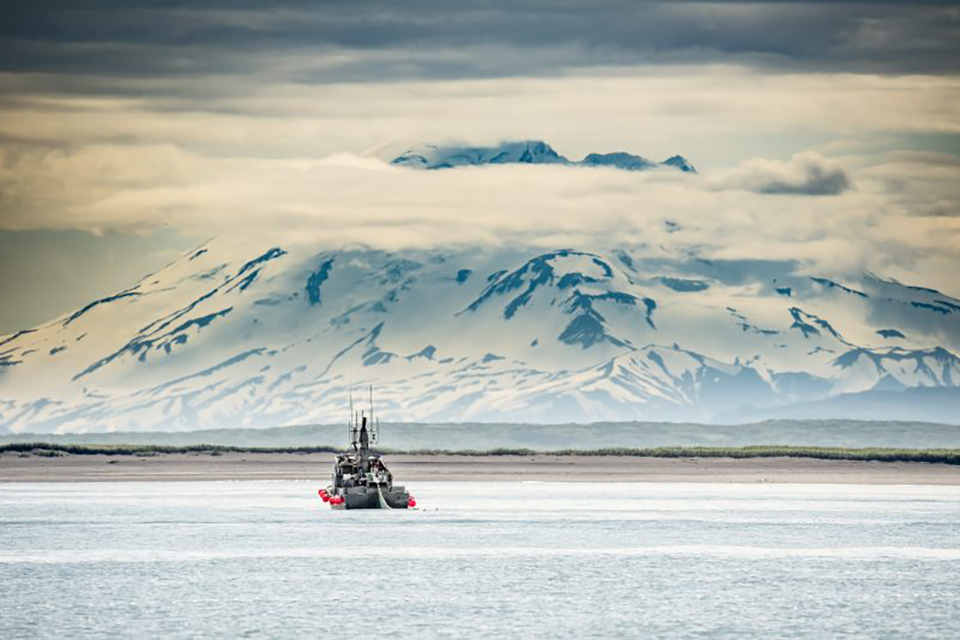
The proposed Pebble Mine project in Alaska is essentially dead in the water, with the latest blow being a late January Environmental Protection Agency veto, only the third one in 30 years.
The Pebble project aimed to tap into what’s been called one of the most important concentrations of copper, gold, molybdenum, and silver in the world. But opponents said it would threaten Bristol Bay, source of a sockeye salmon harvest that topped 74 million fish at a value of $474 million in 2022. The average harvest is 43.6 million fish, a substantial part of the worldwide total.
The Pebble Mine has been presumed dead or severely wounded before, though, only to come back. Lawsuits will surely follow the EPA action. A change in regulatory stance by the state or federal government could also breathe life back into the mine.
Importantly, the clash between seafood and extraction illustrated by the multi-decade-long Pebble Mine saga is likely to happen more often due to efforts to boost food production while reducing greenhouse gases.
For now, ditching the Pebble Mine removes a worry for Alaska fisheries, according to Andy Wink, executive director of the Bristol Bay Regional Seafood Development Association: “We’re very concerned about what a large copper and gold mine could mean for water quality and wild salmon production in downstream waters.”
History says there’s reason for concern by fisheries, hatcheries and aquaculture operations. The world’s most acidic water is in a mine, according to the U.S. Geological Survey (USGS). Mine drainage often is metal-rich water, the result of an interaction between water, sulfur-bearing minerals and the heavy metals found in mines and mine tailings.
Acidic, metal-laden drainage from abandoned coal mines, for example, is a worldwide blight. In West Virginia alone, correcting the problem will cost as much as an estimated $15 billion, according to the USGS.
Ocean mining’s energy potential could put global fisheries at risk
However, history is an imperfect guide, according to Bob Loeffler, a research professor of public policy at the University of Alaska Anchorage and an analyst at the consulting firm Jade North. He noted that amendments in 1976 to the Clean Water Act weren’t really applied to mining until the early 1990s. Since 1992, though, no mine has become a superfund site – a low bar, Loeffler acknowledged, but a sign of progress.
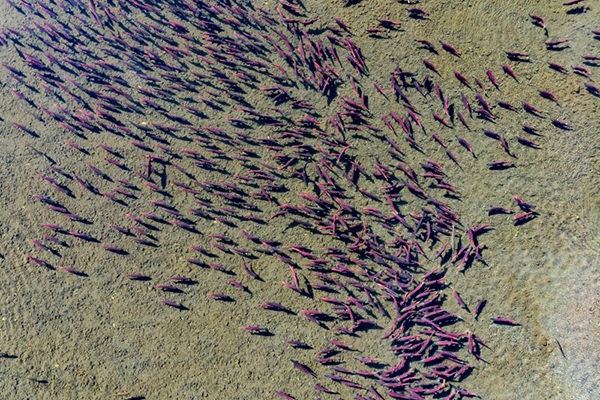
Today, regulators obsess about water quality, he added. Loeffler pointed out that issuing a permit to mine is a promise by regulators that water quality will not degrade, while monitoring provides proof this promise is being met. And here Alaska shines, he noted.
“I think our monitoring system in Alaska is one of the best, if not the best, in the world,” Loeffler asserted.
In addition to looking at water quality, the state also does biomonitoring by sampling algae and juvenile fish near large mines. These tests reveal if minerals from the mine are making it into the water and the living organisms that depend upon it, thereby revealing problems long before they become severe.
The Pebble Mine wouldn’t have gotten a permit without this type of comprehensive monitoring in place, according to Loeffler. Alaska has five active hard rock mines, and the Pebble Mine would have been the sixth. Of the five active mines, two have improved downstream water quality, sometimes in award-winning fashion while the other three had no effect on water quality, Loeffler said.
Looking to the future, the copper the Pebble Mine could produce is essential to decarbonizing transportation and other greenhouse gas-cutting energy transformations. For instance, according to the research organization IFP Energies Nouvelles, a medium-sized electric passenger car requires four times the copper of a gas-powered car. What’s more, the grid will need more copper to support the millions of EVs that will soon be on the road. The demand for copper and other metals, like lithium, will drive the need for mining, which in turn may demand vigilance in monitoring water quality.
One outcome is that water quality may improve, if funding to clean up existing mine discharges is part of the process. That happened, Loeffler noted, in the case of Alaska’s Red Dog mine, where he said the use of the right methods and technologies has resulted in reduced impact from previous mining operations and resulted in better water quality downstream.
For mines that are no longer producing and are abandoned, the best solution is to use passive methods that rely on gravity, geological processes and the action of microbes to remove metals, said Bob Hedin, president of Hedin Environmental. The company develops treatment systems for abandoned coal and gold mines, among others.
A passive approach takes space and time but is inexpensive. For copper, zinc and some other metals, this means using bacteria – a method that would have faced hurdles in being applied to the Pebble Mine and to others that operate in climates similar to Alaska.
As Hedin said, “Where that becomes a challenge for a microbial approach is in an Arctic environment because it’s pretty cold.”
Follow the Advocate on Twitter @GSA_Advocate
Now that you've reached the end of the article ...
… please consider supporting GSA’s mission to advance responsible seafood practices through education, advocacy and third-party assurances. The Advocate aims to document the evolution of responsible seafood practices and share the expansive knowledge of our vast network of contributors.
By becoming a Global Seafood Alliance member, you’re ensuring that all of the pre-competitive work we do through member benefits, resources and events can continue. Individual membership costs just $50 a year.
Not a GSA member? Join us.
Author
-

Hank Hogan
Hank Hogan is a freelance writer based in California who covers science and technology. His work has appeared in publications ranging from Boy’s Life to New Scientist.
Tagged With
Related Posts
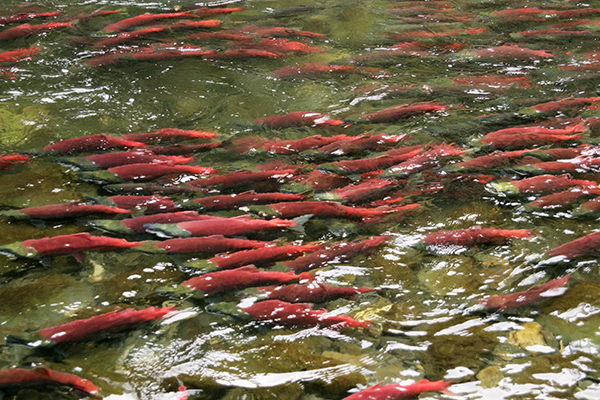
Fisheries
EPA bans Pebble Mine project to protect ‘valuable’ wild salmon fisheries in Alaska’s Bristol Bay
The EPA says it will protect Bristol Bay in Alaska – home to one of the world’s most valuable wild salmon fisheries – by vetoing the Pebble Mine project.
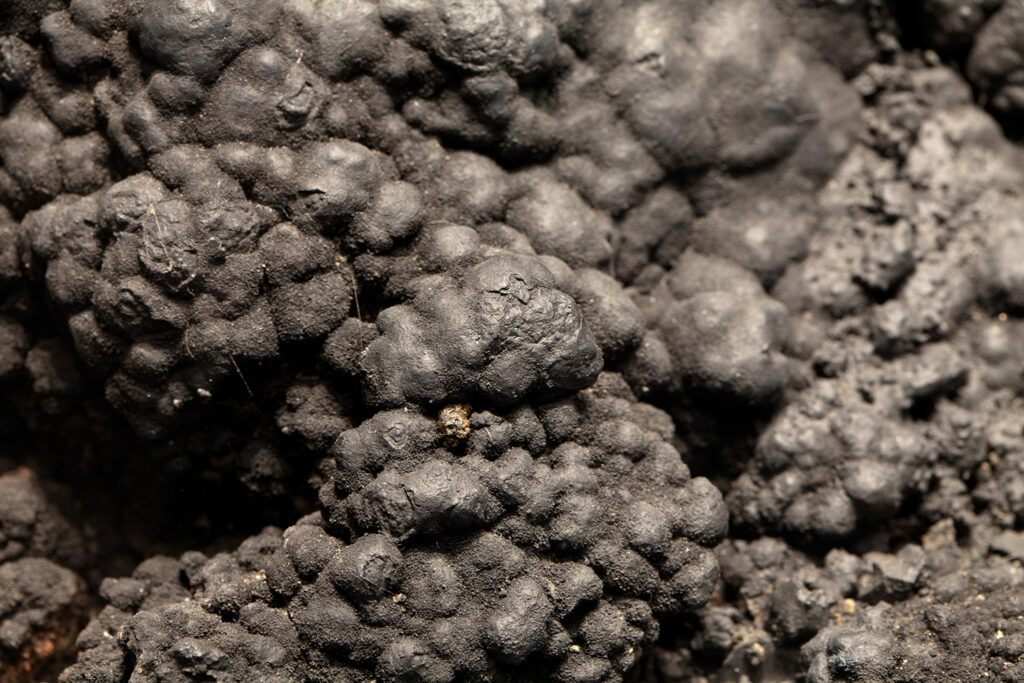
Fisheries
Ocean mining’s energy potential could put global fisheries at risk
Interest in ocean mining is growing, but hundreds of scientists warn that impacts may devastate existing marine industries, including fisheries.
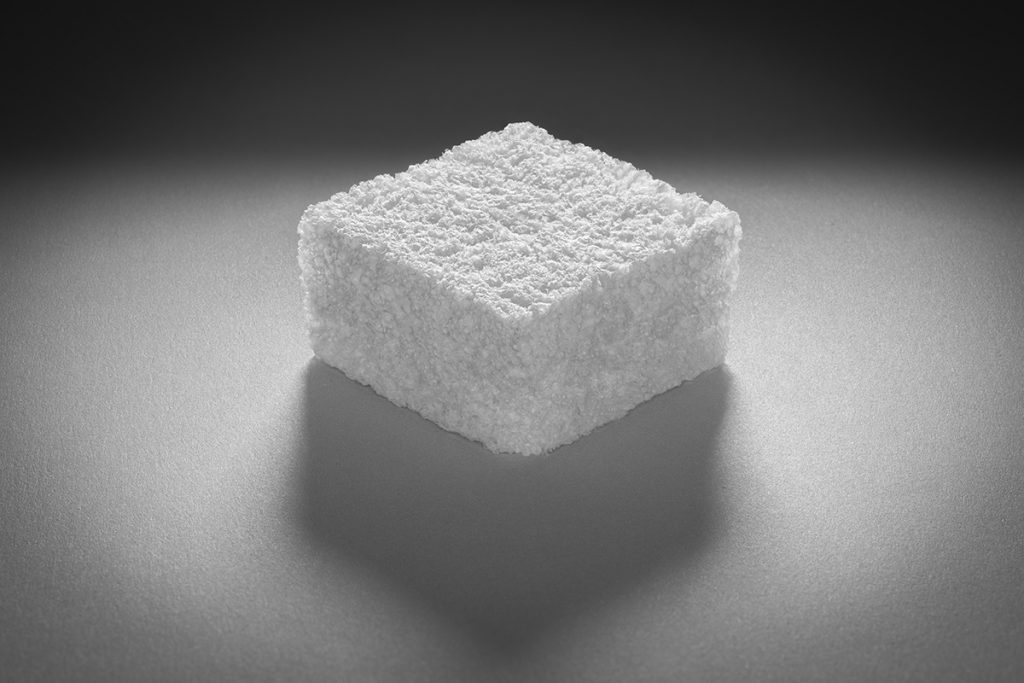
Fisheries
‘Regulation is pushing toward greenifying materials’: How one innovator is upcycling seafood waste into biodegradable packaging foam
GOAL 22: Cruz Foam’s biodegradable packaging foam made with shrimp shells is a finalist for GSA’s inaugural Global Fisheries Innovation Award.
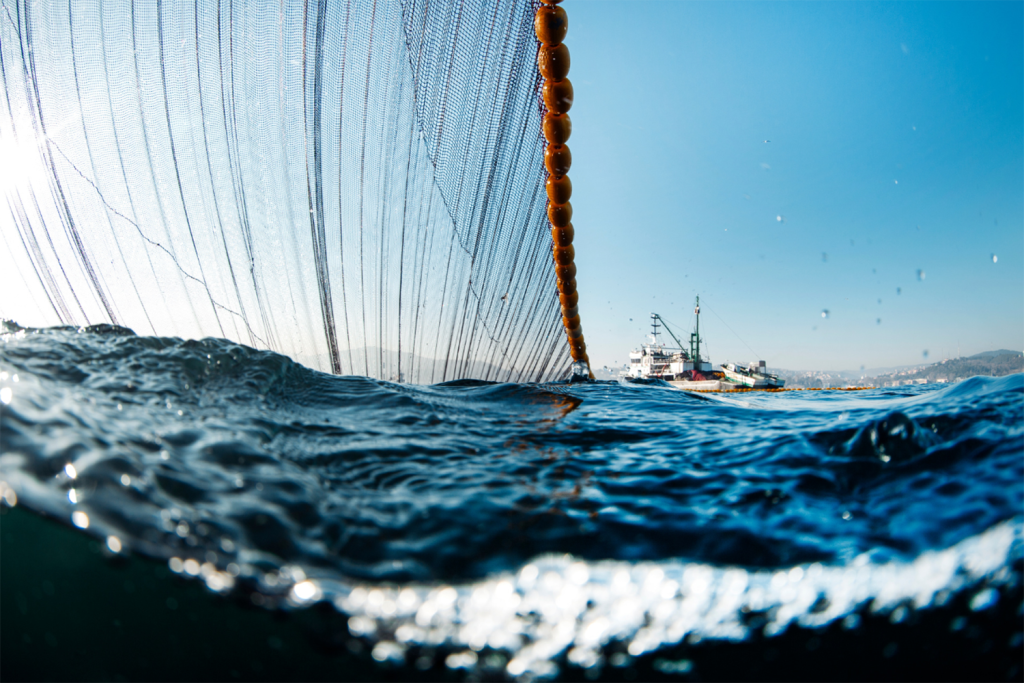
Fisheries
‘They need a good reason to stay’: How one coalition may break a decade of deadlock in the North Atlantic mackerel fishery
GOAL 2022: The North Atlantic Pelagic Advocacy Group, led by Dr. Tom Pickerell, is a finalist for GSA’s inaugural Global Fisheries Innovation Award.


